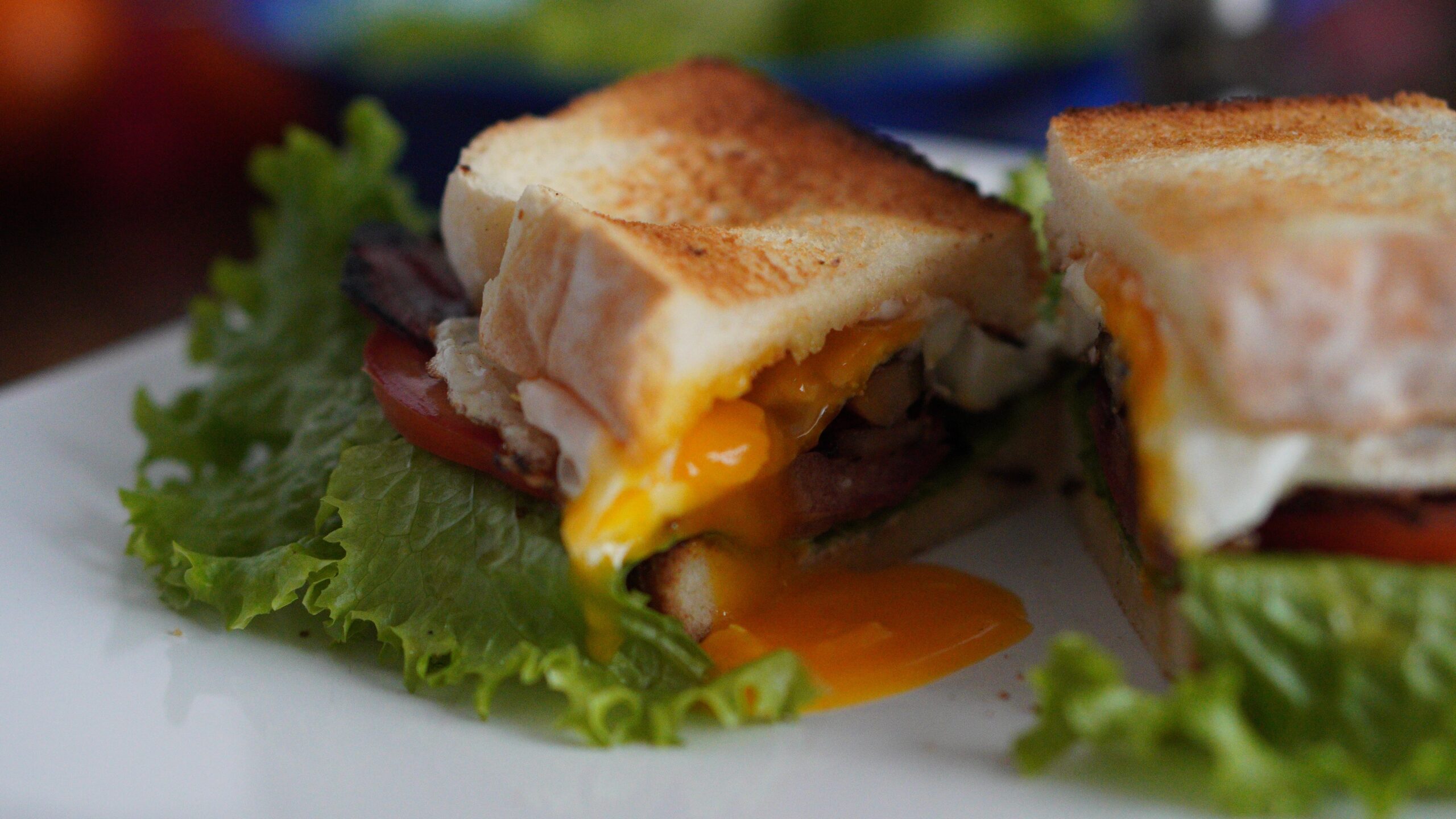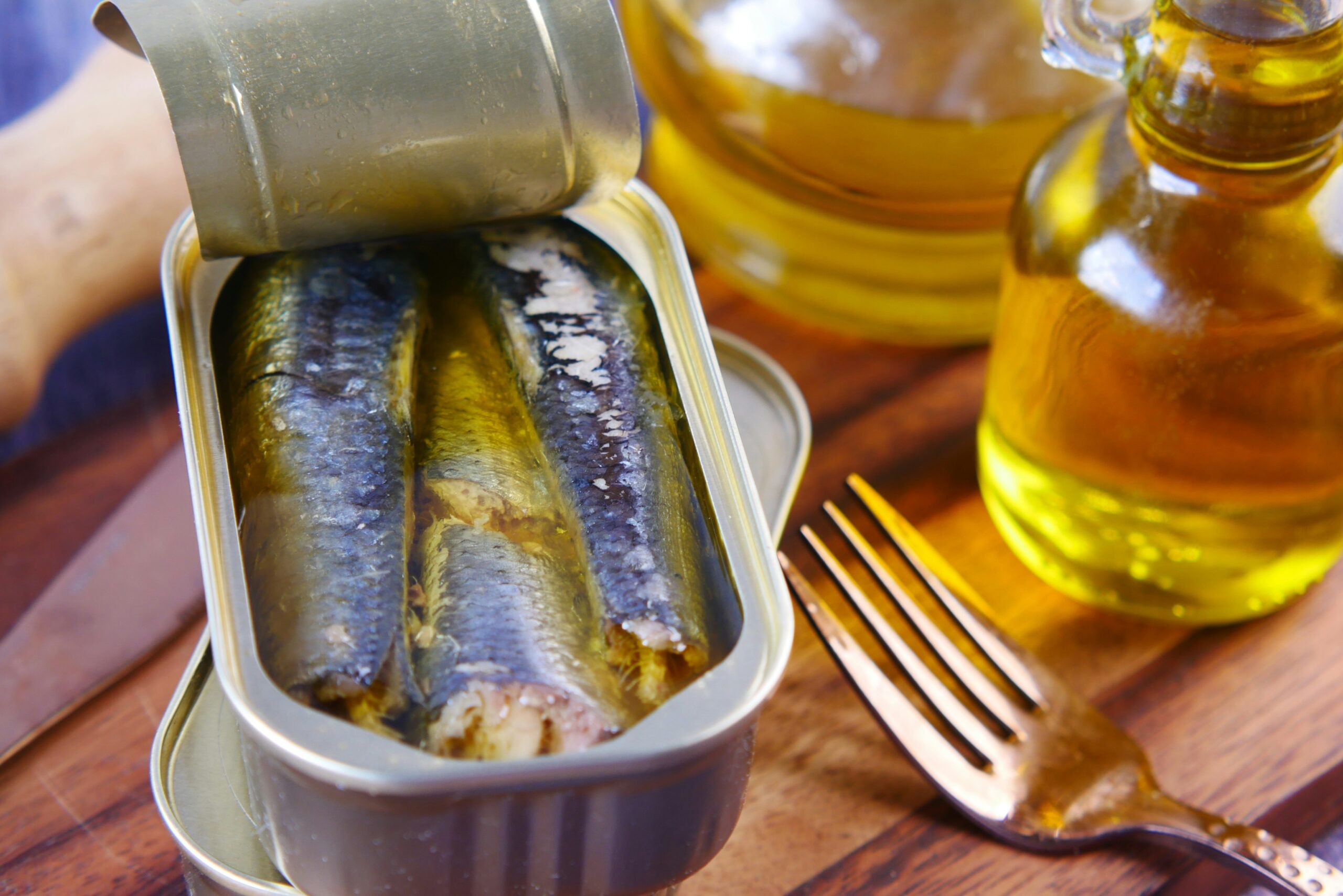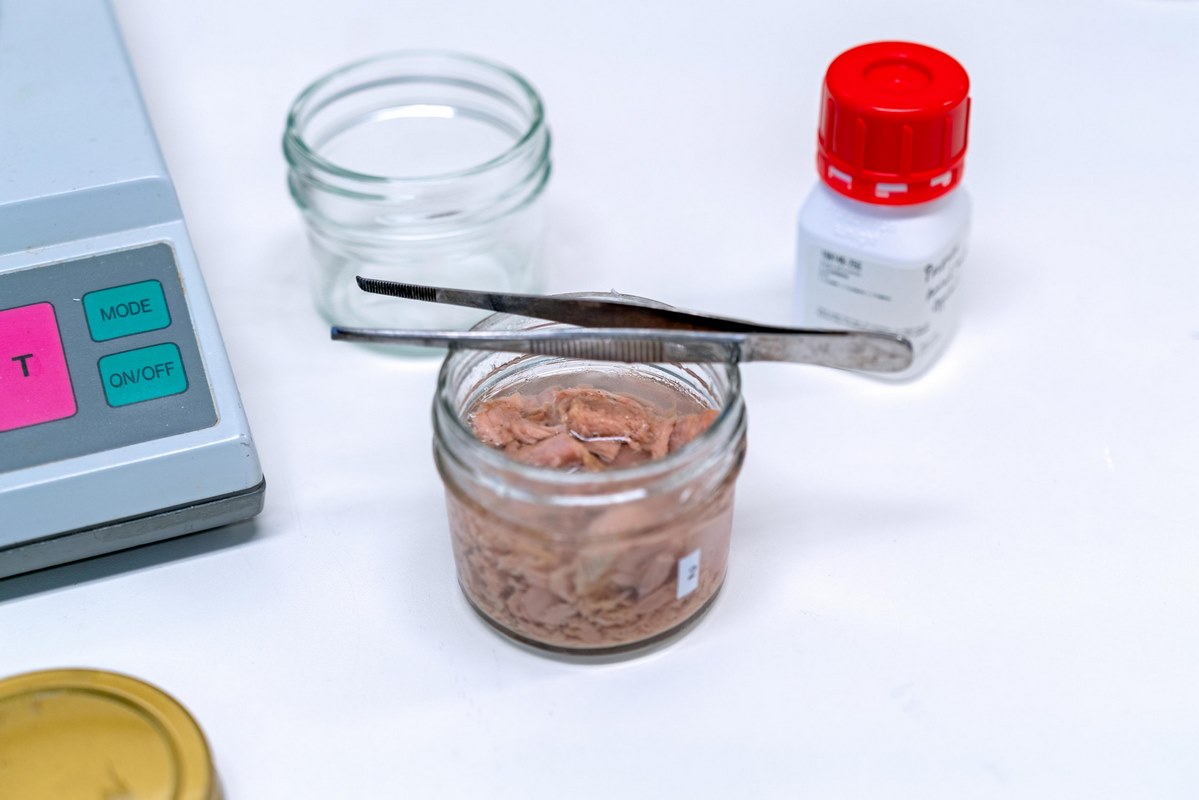US taxpayer dollars recently funded a study to be included in the upcoming USDA Dietary Guidelines of America for 2025-2030 that sought to answer the question as to whether it was possible to meet most or all of one’s micro and macronutrient requirements with ultra-processed foods (UP foods).
Apart from the fact that no sane person would ever have the desire to answer that question, a team of researchers from the USDA Grand Forks Human Nutrition Research Center in North Dakota teamed up with two senior scientists working at research and advocacy institutes funded by large processed food companies to come up with the answer.
The study found that Americans could eat 91% UP foods and still maintain a nutrient score of 86 out of 100, with adequate levels of all micro and macronutrients with the exception of vitamin D, vitamin E, and choline.
To determine what food was ultra-processed, the researchers used the NOVA scale, which ranks foods from 1 to 4 for their processing steps, then divided all foods into various groups (fruit, vegetables, dairy, etc.) and selected the 10 most commonly consumed foods in each category to add to their ultra-processed diet by way of an ultra-processed version of that food.
Before looking at what these scientists concocted for the unsuspecting American, it’s worth reviewing some of what has been written about UP foods, whether nutrient dense or not, in the scientific literature of the last 13 years.
A review published at Geelong University in Australia of 37 studies on UP foods found that not a single one could identify a beneficial health outcome of any sort as a result of eating UP foods. Indeed, every study identified an association between ultra-processed foods and adverse health outcomes including, obesity, cardio-metabolic risks, cancer, type-2 diabetes, cardiovascular diseases, irritable bowel syndrome, depression, frailty conditions, and all-cause mortality.
A meta-analysis published in the British Journal of Nutrition of 23 studies found a worse cardiometabolic risk profile and a higher risk of CVD, cerebrovascular disease, depression, and all-cause mortality from increased consumption of UP foods.
The Lancet published a review of UP foods, and cited evidence that adverse health outcomes were observed even when the overall poorer nutritional quality of UP foods was fully accounted for in the models, i.e. whether or not the overall nutrient scores of the individual were high or low, and that there was something inherent in the food itself that caused negative alterations, such as metabolic perturbations, alterations to the gut microbiota, inflammation, and colon carcinogenesis—all of which were identified in a mouse model.
While none of this research involves a randomized placebo-controlled trial, some have been done, albeit over short terms for ethical reasons, on UP foods and found they contribute to weight gain and excess energy intake, which are linked to most of those conditions just mentioned.

Truck stop diet
When reading the 7-day meal plan, provided in table 1 and table 2 within the study, one sees where the researchers are coming from: their hypothesis is that the worst kind of UP foods, like Doritos for example, are called ultra-processed food alongside canned peaches or whole wheat tortillas which are less processed.
However the meal plan is loaded with carbohydrates and contains mostly one to one-and-a-half servings of animal protein. Sandwiches abound, as do cereals, ultrafiltered non-fat milk, added sugars, fruit juice, bread, margarine, and vegetable oils.
There are some immediate lowlights, such as the authors identifying “vegetable oils” and “sunflower oil” as ranking as minimally-processed foods. These are among the most processed of foods in our society. One bottle of such oil contains the fat content from hundreds of thousands of seeds, superheated in industrial facilities, mixed with a petroleum-based solvent called hexane to extract the maximum amount of fatty acids, then washed, and deodorized with chemicals like BHT, BHA, and TBHQ, which have endocrine-disrupting, carcinogenic, and immune-disrupting effects, all in order to hide their rancid smell.
The lack of distinction between some of the most critical nutrients among low and middle-income families is also telling. For starters, the authors claim their meal plan contains an average daily amount of omega-3 worth 92% of the RDA, whilst erroneously combining EPA and DHA, the omega-3s in fish oils, with alpha-linolenic acid, which does not have any of the same effects as EPA and DHA from fish oil, despite the fact that it is an omega-3.
EPA and DHA reduce cardiovascular disease risk, reduce telomere shortening, prevent or slow cognitive decline, reduce inflammation, increase neurogenesis, and more not covered in WaL’s review on the topic. Alpha-linoleic acid does none of these things, and may in fact be inflammatory, especially because of its presence in highly-oxidized vegetable oils that were used in the UP foods diet.
Another compound that received short-shrift was iron. The authors failed to account for heme and non-heme iron in their diet plan. An analysis of non-heme and heme-iron uptake in menstruating girls in Poland identified non-heme iron as having a bioavailability at between 1 and 10%. Non-heme iron is found in plant sources of iron like cereals and leafy green vegetables. Heme-iron was identified as being 25–30% bioavailable and is contained in animal products like meat and eggs.
All 7 of the days of the USDA ultra-processed foods diet included no more than 6 ounces of animal protein, and never more than 3 ounces of red meat, the richest source of non-heme iron. Therefore the scientists’ claim that 18-21 milligrams of iron was provided is fallacious because a good deal of it was non-heme iron.
Conflicts of interest
Among the study authors were Mark Messina, and Guy Johnson. Messina is the Director of Nutrition Science and Research for the Soy Nutrition Institute (SNI) Global. The SNI Global receives funding from soybean farmers and via membership dues from companies involved in manufacturing and/or selling soy ingredients and/or soy foods. Published research includes how soy-based meat is comparative with real meat in nutrition terms, and how soybean oil is not inflammatory.
Guy Johnson advises some large UP food companies like McCormick, holds a board position at United Soybean Board, and has had research funded by Barilla pasta. His published research mostly includes the role of vegetable oils like canola and soybean oil in lowering cholesterol levels.
These obvious conflicts of interest were stated at the bottom of the study, but WaL has shown that the USDA division that publishes dietary and nutrition research has flirted with direct corporate backing before.
In this UP foods diet, choline is identified as coming in inadequate amounts in the meal plan. It’s not surprising, as the USDA has proven itself shockingly ignorant before on the topic. Choline deficiency is affecting a jaw-dropping 90% of American adults. It can lead to many serious adverse health outcomes, the most documented of which is non-alcoholic fatty liver disease, but also inflammation, DNA damage, muscle mass loss, and an increased risk for heart disease and cancer.
In the USDA’s 2018 release of a choline-content guide, 4 of the top 10 dietary sources of choline are “fast food” breakfast sandwiches and chocolate cake if you exclude whey protein isolate at number 1.
It’s unclear how many Americans base their eating choices on the USDA Dietary Guidelines for America, but the Department has repeatedly proven itself to be incompetent at best when deciding what research to pursue, and possibly corrupt at worst by making room in their studies for large corporate interests to peddle their products that make Americans sick. WaL
We Humbly Ask For Your Support—Follow the link here to see all the ways, monetary and non-monetary.
PICTURED ABOVE: The USDA building in Washington D.C. PC: CC 3.0. SA Michael Kranewitter.



